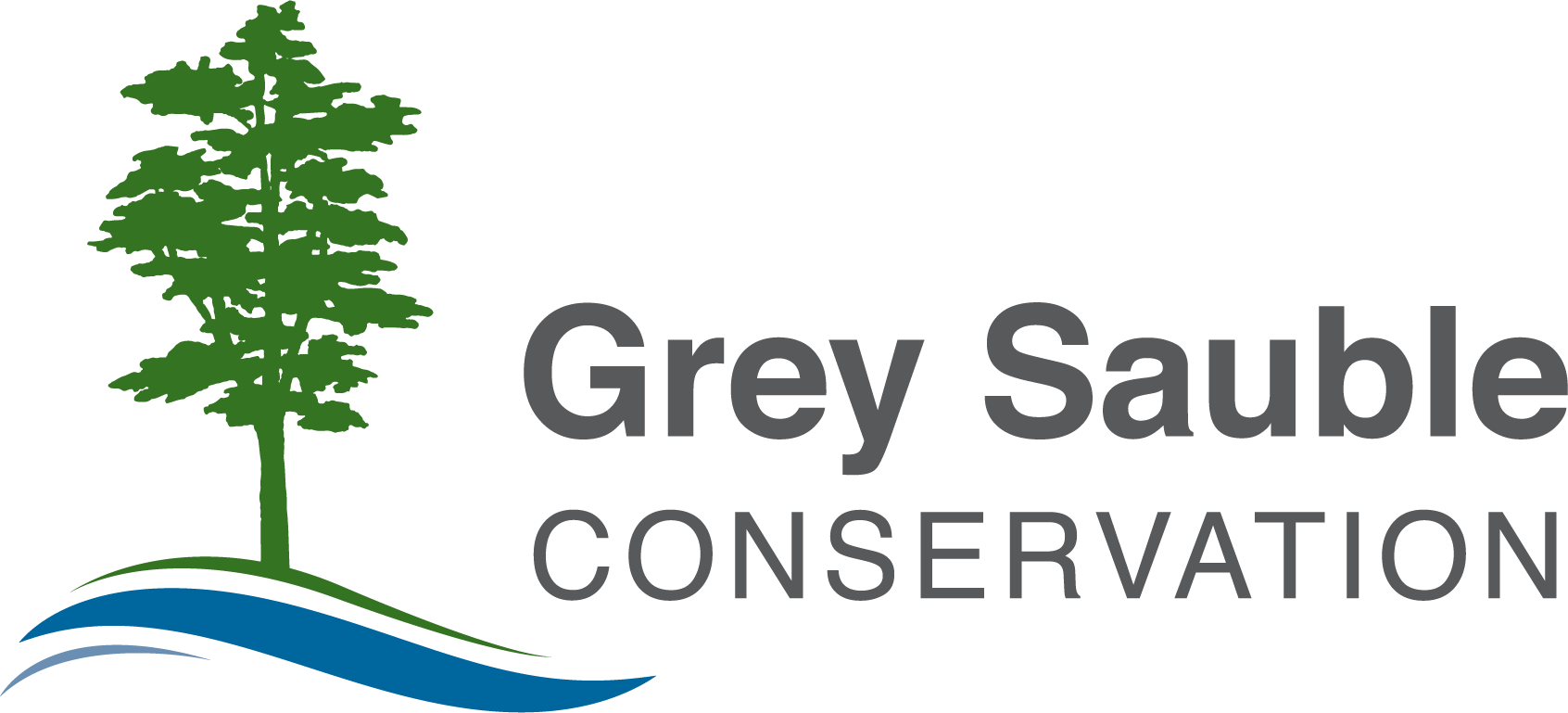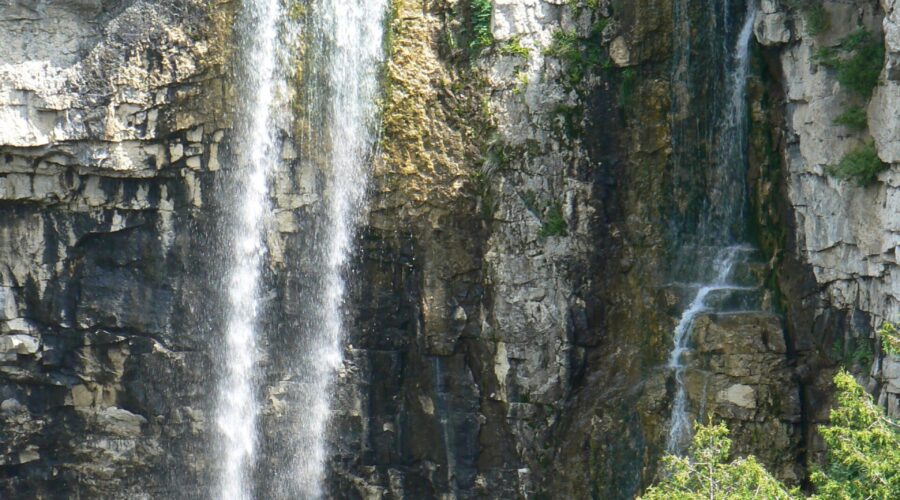If you’re feeling unsettled about the return to work/school or are just interested in learning about GSCA properties and how being in nature can help during stressful times, this hike series is for you!
Grey Sauble Conservation is one of 36 Conservation Authorities established in the Province of Ontario under the Conservation Authorities Act (R.S.O. 1990).
Grey Sauble Conservation is a community-based environmental agency which owns and manages 11,734 hectares (28,995 acres) of some of the most scenic and environmentally sensitive lands in Grey and Bruce Counties.
Parking fees contribute to trail & grounds maintenance and protection, as well as tax payments for the 28,000 acres of natural areas that we own in Grey & Bruce Counties. They also go to ammenities such as washrooms, bridges, parking areas and pavilions.
GSCA owns and manages 11,734 hectares (28,995 acres) of land throughout its 3,191 square kilometre (1,983 square mile) jurisdiction.
At the GSCA we believe that time spent in nature has countless benefits for children that will last a lifetime, which is why the program allows campers to be outside exploring the environment around us!
If you are planning on building, changing the existing grade, adding or removing material if you are near a river, stream, lake, shoreline, wetland or slope, you may need a permit for these activities.
Our staff are experienced, certified and licenced to provide services that benefit you and your property. Check out more information about forestry services, tree orders and our annual tree sale.
Click to view publications such as Board Meeting Agendas and Minutes, Audit Statements, By-Laws and Applications forms.
GSCA charges fees for various services and programs. These include planning and permit fees, parking fees, mapping and forestry services.
Donations are greatly appreciated and help GSCA to undertake their important programs and maintain the beautiful properties that they own.
Latest News
If you’re feeling unsettled about the return to work/school or are just interested in learning about GSCA properties and how being in nature can help during stressful times, this hike series is for you!

If you’re feeling unsettled about the return to work/school or are just interested in learning about GSCA properties and how being in nature can help during stressful times, this hike series is for you!
First up in the hike series is Hibou Conservation Area!
Join GSCA and the Friends of Hibou to explore the trails, take deep breaths, and enjoy all the physical and mental health benefits of being in nature at a GSCA property.
August 25, 2020: Learn about Nature – All ages are welcome (10:00am – 12:00pm)
Walk with Bob Knapp along the shoreline loop (The Point Trail) across from the pump house parking lot at the south end of Hibou where you will see views of the changing rough shoreline (approx. 45 mins). This will be followed by an optional walk along the Interpretive Trail where you’ll hear a description of the geography and plant life, as well as how the trail came to be (approx. 1.25 hours). – total 2 hours.
September 1, 2020: Forest Bathing – Ages 12 + (10:00am – 11:30pm)
Experience a deeper connection with the forest on a slow, almost meditative walk with Marie Knapp along the shoreline loop (The Point Trail) across from the pump house parking lot at the south end of Hibou. You will be guided through a few experiences as you relate with the forest in new ways and experience reduced stress (approx. 1.5 hours).
Advanced registration is required. Please RSVP at explore@greysauble.on.ca (space is limited to ensure physical distancing). More information will be provided upon registration.
Pack a lunch and enjoy Hibou beach following the hike!
We are in the process of developing a Management Plan for the Eugenia Falls Conservation Area. This Plan will guide the management of this property over the next 10 to 20 years. The purpose of this process is to better understand the issues, challenges, and potentials for the Eugenia Falls Conservation Area, and t o develop a Plan that will assist with the protection, conservation, and management of the property within an ecosystem framework and, in consultation with the community, to ensure watershed health, public enjoyment, and environmental and financial sustainability.




